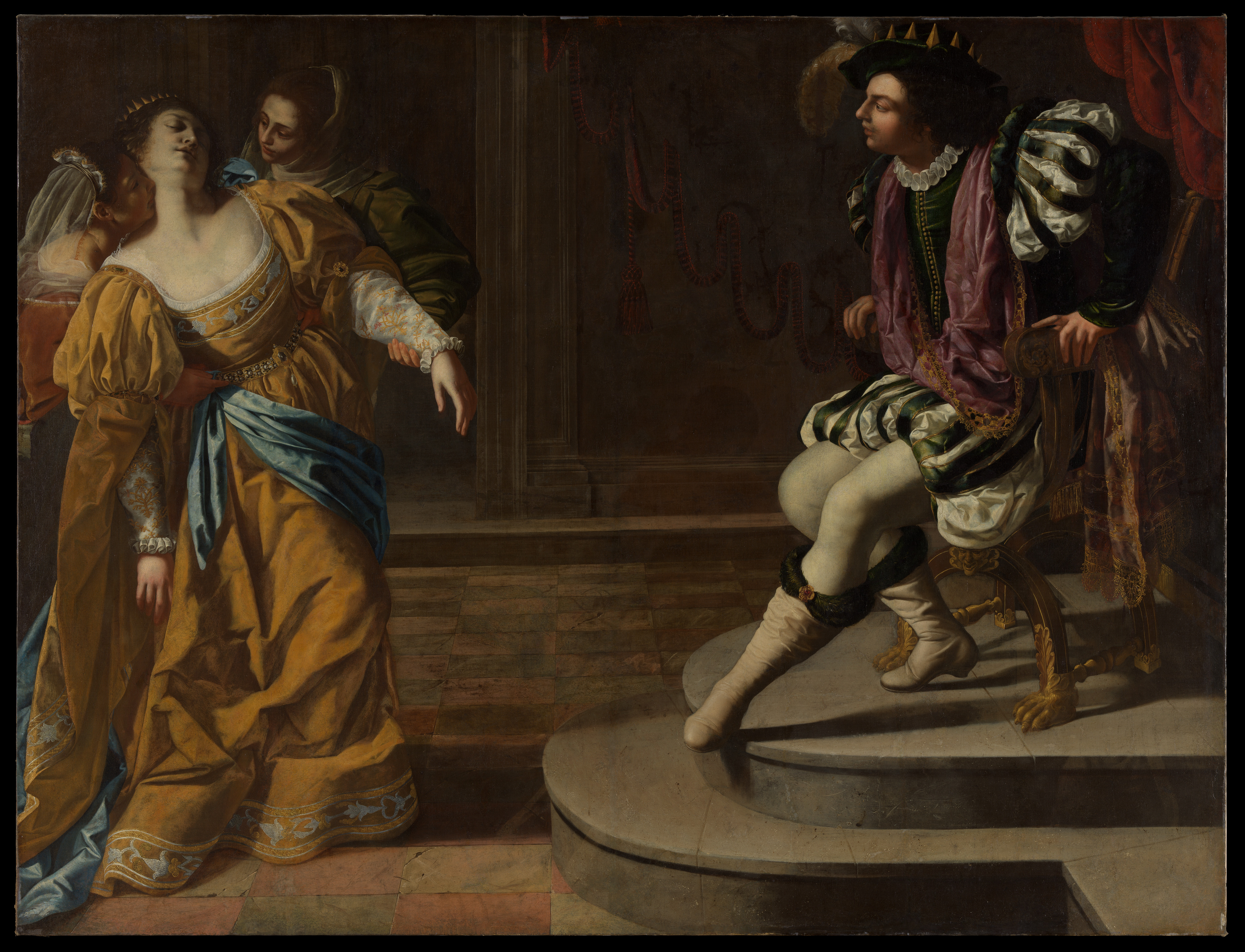The Power of Feminine Art: Unveiling Hidden Legacies
Feminine art has long been a force of creative expression, though often overlooked or undervalued in the grand narrative of art history. For centuries, many women artists found themselves working under male pseudonyms or being denied recognition for their contributions, reflecting a patriarchal society that favored male voices.
Some famous examples include Artemisia Gentileschi, a Baroque painter whose work was often overshadowed by male contemporaries, and the renowned American writer and painter, George Sand (Amandine Aurore Lucile Dupin), who used a male pseudonym to be taken seriously in the 19th century. Women like these had to navigate a male-dominated art world, crafting masterpieces while their true identities remained hidden or underappreciated.
Another tragic aspect of feminine art is the historical erasure of women’s work, often in favor of their husbands or male colleagues. One of the most poignant examples is the artist Clara Peeters, a 17th-century Flemish painter whose still lifes were often credited to male painters. The work of Lee Krasner, a pivotal figure in Abstract Expressionism, is also a case in point. Though her groundbreaking contributions to the movement are now widely acknowledged, she was often overshadowed by her husband, Jackson Pollock. In many ways, Krasner’s work was dismissed as secondary or derivative of Pollock’s, despite the fact that she was integral to shaping the modern art landscape. These stories speak to the broader issue of women’s artistic legacies being diminished by the patriarchal structures of the art world.
Despite these challenges, feminine art has risen in power, with women artists now asserting their rightful place in the narrative. The journey of rediscovery and recognition continues as we revisit the works of artists like Gentileschi, Peeters, and Krasner, as well as those who paved the way for future generations. The power of feminine art lies not just in the talent and beauty of the works, but in the stories of perseverance and resilience behind them. As these artists’ legacies continue to unfold, their contributions remind us that feminine art is not only a historical necessity but a vital force that challenges, inspires, and reshapes our cultural understanding of creativity.

-
Artemisia Gentileschi: A Baroque artist often overshadowed by male contemporaries. You can read more about her in books like Artemisia by Susan Vreeland, or on art history websites such as The Art Story or Wikipedia.
-
George Sand: A French writer and painter who used a male pseudonym. Learn more on her Wikipedia page: George Sand – Wikipedia.
-
Clara Peeters: A Flemish Baroque painter known for her still lifes, often miscredited to male painters. Check her entry on Wikipedia or on The Art Story.
-
Lee Krasner: An Abstract Expressionist artist, known for her pivotal role in the movement but often overshadowed by her husband, Jackson Pollock. You can read about her life and art on The Art Story and Wikipedia.
